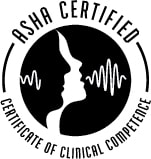*I am assuming you know what a tongue thrust is if you are reading this...but if not check out this awesome website: http://www.asha.org/public/speech/disorders/OMD/
There are times I feel like tongue thrust is outside of my scope as an SLP, it isn't really a huge part of speech or language unless there are sounds affected by the tongue thrust. Sometimes, a lot of times, there are sound errors as well. But not always.
So why are SLPs part of the diagnostic and treatment team for a client with tongue thrust? Because we are experts on the muscles inside your mouth! AND we are experts in behavioral modifications. If you need someone to help you get your tongue in a better place in your mouth at rest, during swallowing, and during speech, an experienced SLP can make that happen.
I am just finishing a month and a half of physical therapy. While doing my exercises I couldn't help but notice how similar my tongue thrust program is to the physical therapy routines I have been given. My PT helps me get my knee and ankle the placement and support they need to jump and twist in zumba. SLPs help give your tongue better placement and support during eating, talking, and while at rest. Both are super important, both programs require practice and consistency. And both programs can have excellent results.
There are times I feel like tongue thrust is outside of my scope as an SLP, it isn't really a huge part of speech or language unless there are sounds affected by the tongue thrust. Sometimes, a lot of times, there are sound errors as well. But not always.
So why are SLPs part of the diagnostic and treatment team for a client with tongue thrust? Because we are experts on the muscles inside your mouth! AND we are experts in behavioral modifications. If you need someone to help you get your tongue in a better place in your mouth at rest, during swallowing, and during speech, an experienced SLP can make that happen.
I am just finishing a month and a half of physical therapy. While doing my exercises I couldn't help but notice how similar my tongue thrust program is to the physical therapy routines I have been given. My PT helps me get my knee and ankle the placement and support they need to jump and twist in zumba. SLPs help give your tongue better placement and support during eating, talking, and while at rest. Both are super important, both programs require practice and consistency. And both programs can have excellent results.

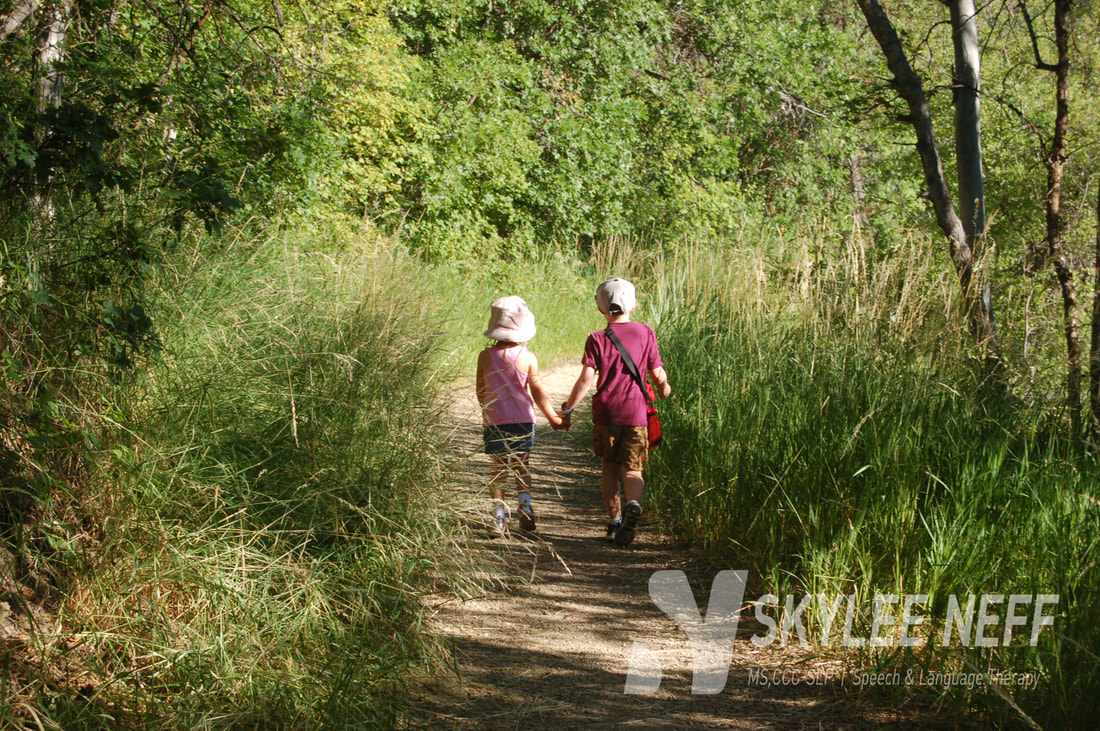
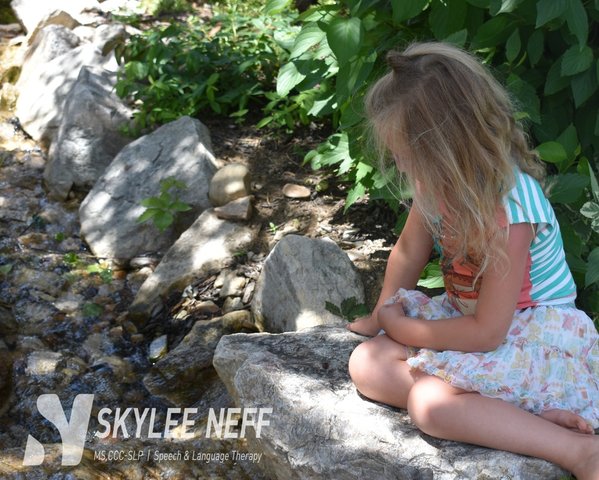
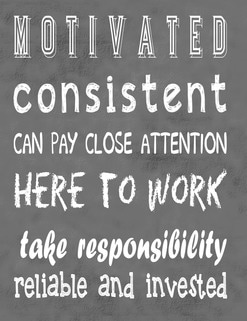
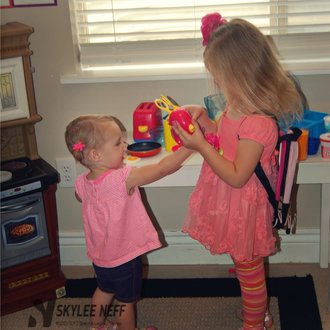

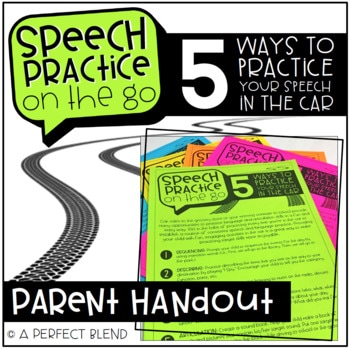

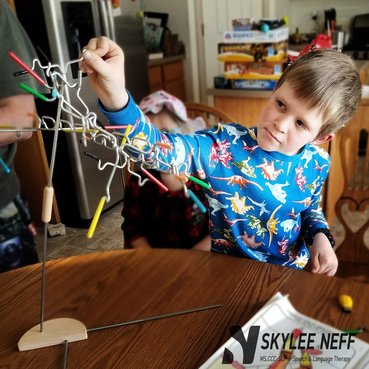
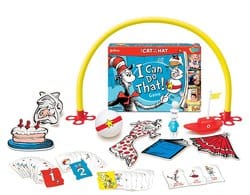
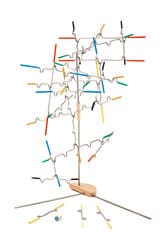
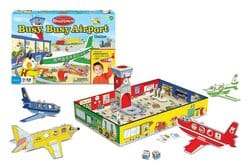
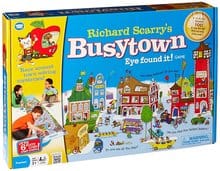
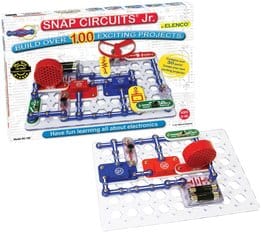
 RSS Feed
RSS Feed
